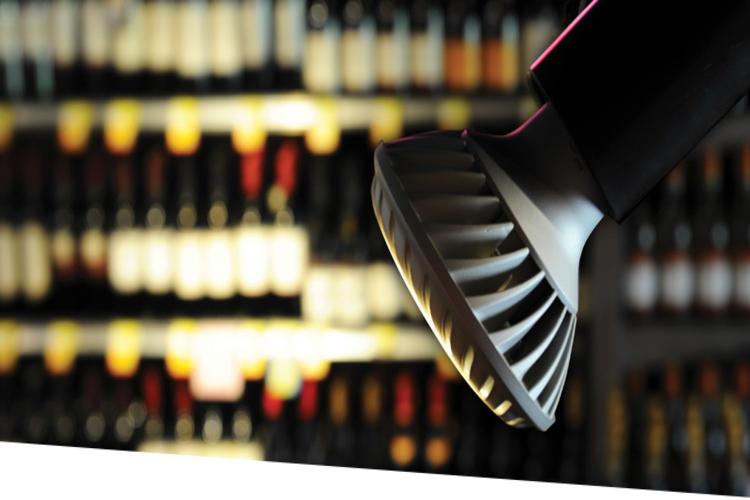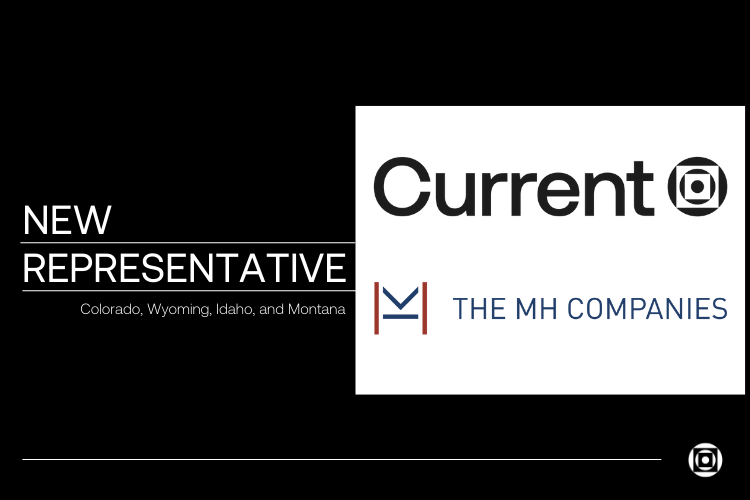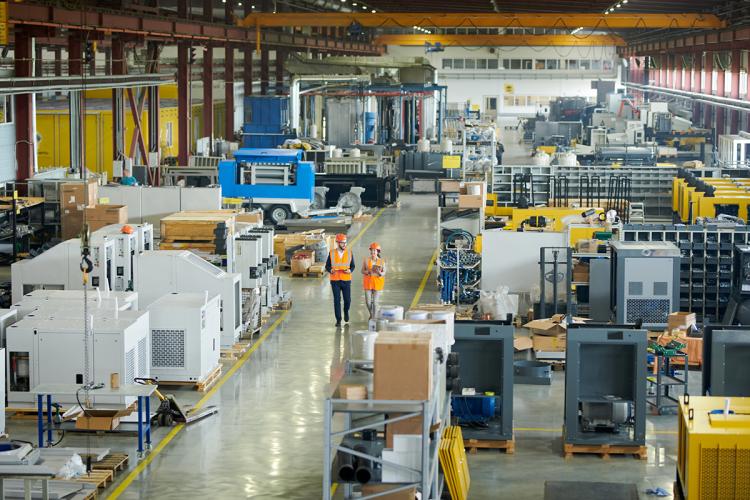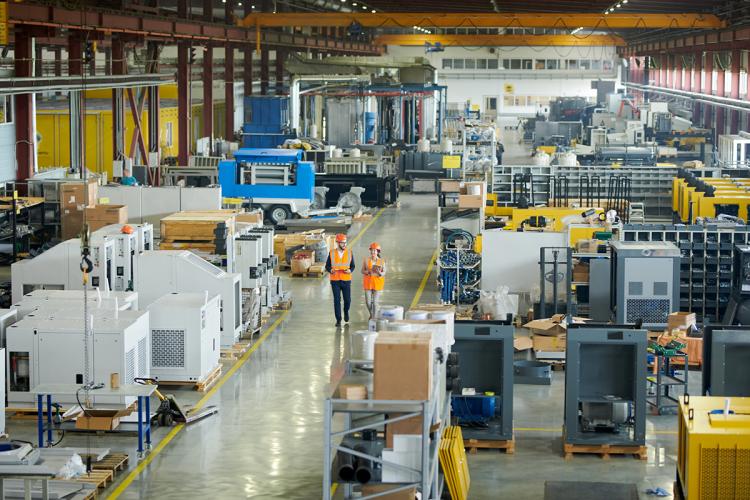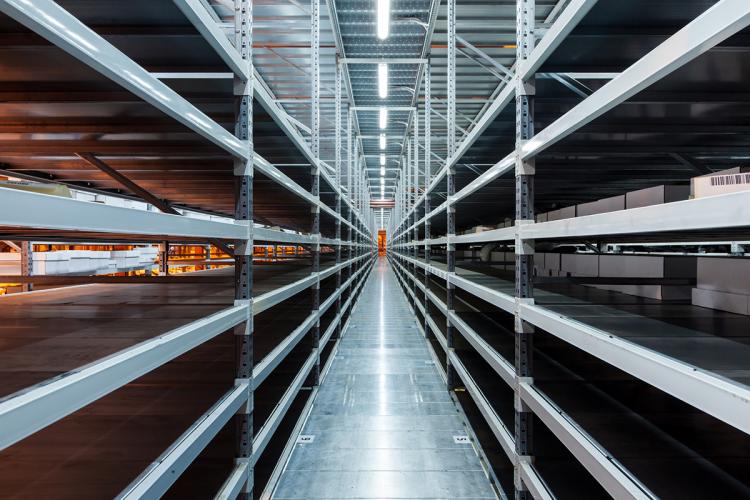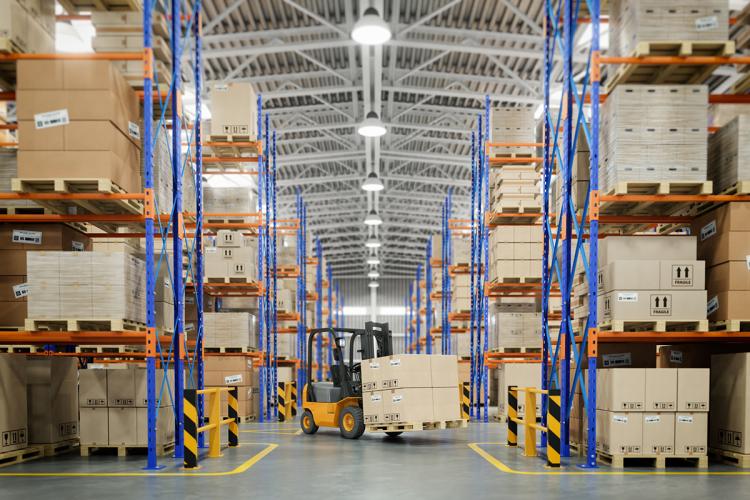Confessions of an LED Convert (Plus Other Energy-Saving Admissions)
Confessions of an LED Convert (Plus Other Energy-Saving Admissions)
Q&A with Brookshire Brothers’ Eric Johnson, Director of Store Planning & Efficiency
LED was unproven to Eric Johnson when he was determined to make Brookshire Brothers’ supermarkets more energy efficient several years ago. Faced with cutting costs or falling behind the competition, the long-time Director of Store Planning & Efficiency set a long-term lighting strategy to bring savings to more than 100 stores throughout Texas and Louisiana.
Like so many facility managers, Johnson had concerns about LED and questioned the impact it could make. Over time, however, he discovered the technology had grown integral to his goals. Today, enterprise-wide, Brookshire Brothers is a model for retail lighting and other energy improvements with a focus on the future.
When we met, a lot was going on—take us back.
It was several years ago that we launched a facility wide energy program, and that included a lighting update with LED in parking lots, exterior signage and refrigerated door cases especially. Our competitors were doing everything they could to cut costs, to cut expenses, and with us being the little guy, we had to keep up. We were going through several remodels, so everything was on the table, and that’s when lighting stood out in terms of potential savings. But we needed the confidence that when we chose a path, it was going to be right, because when you’re going against the big brands, the money isn’t there to fix mistakes.
Why did lighting stand out?
For example, my electrical contractor once told me, “You wouldn’t believe how much of the work we do for you to repair fluorescent lighting in frozen food door cases.” He was right, because I could walk into too many stores and find at least a few doors that weren’t lit for one reason or another.
Another of my pet peeves was the cost we had when parking lot lights went out. In some places, we don’t have an abundance of lights to begin with, and if you have only eight fixtures and just a couple go out, that’s a pretty substantial ratio of your total lighting. So you can’t sit there and just let it go, you have to send the bucket trucks, and being rural, they’re not nearby, so you rack up a lot of mileage and a lot of expense to go replace a couple of lights. These were real issues. Parking lot lights combined with ongoing exterior sign maintenance made it clear we’d reached the point we needed to make a significant improvement.
Why did you consider LED?
Well, I think at first, like many others, we were most comfortable with what we knew. That included fluorescent tubes over the aisles and in refrigerated cases, your standard HID fixtures outside and a lot of neon in signs. Updating our stores gave us opportunities to look closely at lighting and, through research, learn where the market would be in five to 10 years. What we found was that everything was pointing to LED. Back then, we had heard about some good experiences, and some not so good, but we felt we needed to learn more.
How did you learn?
We have fantastic partners that help educate us. The representative from our local distributor, Elliot Electric, is tremendous, does incredible legwork and works his tail off for us to explain the technologies and what our options are. I think it’s invaluable to have a real expert you can turn to anytime. We depend on the Elliots of the world for the knowledge they have on staff.
How does that knowledge help?
A company our size has many of us who wear multiple hats and have a full plate at all times. What Elliot Electric does in particular is, if we have an issue at a store, they will go to that location, examine the lighting and develop a plan for what is needed. They are very good at assessing the situation and recommending a solution. Actually, a lot of things would go undone or wouldn’t happen as soon, but they’re able to assist in order to expedite things.
Where are you ahead today?
We have replaced 400- and 1,000-watt fixtures in many of our parking lots with LEDs. We also use wall packs on many buildings because we like having the extra visibility around the building. Much of the neon in our signs has been swapped out for LED too, so that’s not as much the same concern it used to be. And in our refrigerated cases of course, that’s where we started with LED and where we’ve seen the biggest benefit. The cases look amazing, and we’re actually saving as a result; because shoppers can see clearly inside, they’re not opening the doors as much, which keeps the cold air in, which means the compressors don’t have to work as hard. When you add it up, we’ve cut our lighting energy requirement by about 2.4 million kilowatt hours, which saves us close to $250,000 a year. On top of that, you have maintenance savings that are harder to quantify, but when I’m not sending trucks or service crews out, I know that’s money we can better spend elsewhere. It’s not just energy efficiency that LED has brought but reduced maintenance too.
So LED was the answer?
About six years later, I can say that converting to LED is a success for Brookshire Brothers. We looked at long-term cost of ownership relative to performance, and in most cases, it met our value threshold. With LED you get the consistency and the reliability. It doesn’t go out, and to be honest has affected our electrical contractors. The repair business is down, but at the same time, money saved is being reinvested in converting other locations away from the old lighting, so they stay busy. For me, it comes down to putting those dollars into something constructive rather than repair. The bottom line is we’re getting more compliments on our lighting than ever before, and that really says it all. The savings are there, and we see the product efficiency and optics still improving over what we bought four years ago, there’s no doubt about that. We made a smart choice.
Is LED always the answer?
Not in all spots.?I’ve done studies in the past year where I’ve compared stores to converting to LED or remaining fluorescent. An existing fluorescent store is usually more cost-effective to stay fluorescent with the right lamp and ballast. The 28-watt extended life lamp being used, combined with the high-efficiency ballast, is driving the payback, and going to LED just isn’t there yet. But when buying new fixtures, LED can be justified.
You looked at more than lighting—what else did you learn?
With HVAC, I keep an eye on what our industry and our regional market in particular does. A lot has to do with the building type, which may dictate what you can handle at that location. A lot of our buildings are in rural, smaller towns, are metal, and may not have the structure for rooftop units. Most of these stores have single, large units in the back, which require a lot of duct work, but fit the need. A lot of this is by observation and paying attention to what the trends are. For instance, multiple smaller roof-top units tend to cost less than the larger tonnage ones we’ll use, but are more disposable and may be not quite as efficient. These also may be replaced sooner than our large units, which are expected to have a longer service life. One thing we’ve been doing for a few years now is using a lot of variable speed equipment to make them as efficient as we can.
What other concerns did you have?
Refrigeration is the heartbeat of the whole store. There’s a lot going on with the ongoing phaseouts of refrigerants. What refrigerant is the norm today typically already has an expected lifespan, and the next one to replace it is being developed. On the case side, lighting has been huge. We have been using vertical LEDs in door cases for just over six years and horizontal LEDs in multideck cases the past three years. To meet DOE efficiency requirements, most new cases come standard with LED now. Also, extensive use of glass-door cases in medium and low-temp applications, whether in a new store or an equipment upgrade in a remodel, greatly reduces horsepower requirements, ultimately, reducing our energy usage and expense. Refrigeration is a key component of our energy usage. One lesson learned is that LEDs really like the cold. For refrigeration, they’re low maintenance and thrive in that environment. The quality and dependability of the lighting is far superior to what we had in the past. Our customers can see much better now, and many have actually thanked us for that.
Have any last advice for store operators?
Competition for project funds is something most deal with. You have to make good strategic choices in order to make the most impact. Our corporate culture and upper management is positive about doing the right thing while achieving business goals. Adding a couple of LED light poles and some wall packs to a rural store is positive for the community and our image while contributing to our business goals. One store at a time, one parking lot in this case, enables us to chip away at the long-term goal of converting all stores and accomplishes multiple goals. You may not be able to outspend the other guys, but you can try to outsmart them.
Ready to learn how LED + Current's intelligent solutions can help your store become smarter?


